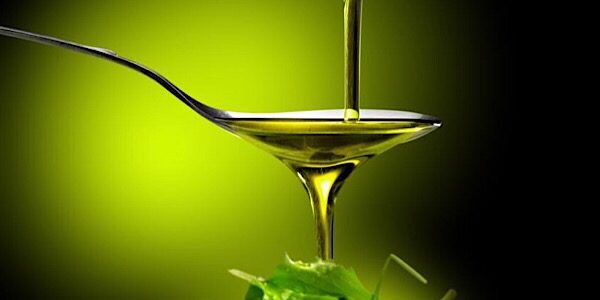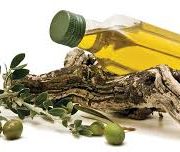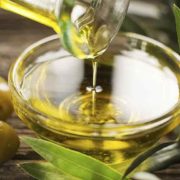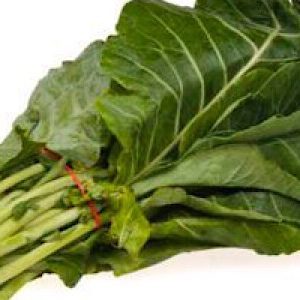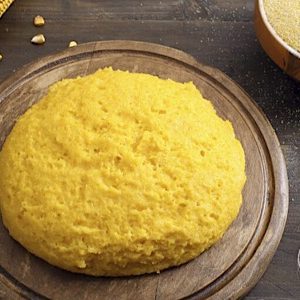Product Description
Extra virgin is the highest quality and most expensive olive oil classification. It should have no defects and a flavor of fresh olives. It must be produced entirely by mechanical means without the use of any solvents, and under temperatures that will not degrade the oil. It’s not easy to produce extra virgin olive oil. A producer must use fresh olives in good condition and monitor every step of the process with great care. Extra virgin olive oil doesn’t stay that way: Even in perfect storage conditions, the oil will degrade over time, so it’s important to enjoy it within its two-year shelf life. While olive oils flavored with different herbs and spices are becoming popular, use of flavored olive oil is not a new trend. In fact, olive oil infused with fennel, sesame, juniper, mint, celery, sage, watercress, flowers and other spices was used by ancient Romans, Greeks and Egyptians as medicine and in cosmetics. Nowadays, flavored olive oil is used in specialty salad dressings, pasta dishes and as an appetizer for dipping bread.
Olive oil is well known as a source of bioavailable phenolic compounds that provide various health benefits across many diseases — cancer, cardiovascular disease, neurodegenerative disorders and others. Olive oil is a monounsaturated fat that is higher in bioactive compounds compared to other vegetable oils. While it is well known to be an all round healthy oil, maintaining the vast array of nutritional qualities under cooking processes is often questioned. After olives are picked and washed, they’re crushed – sometimes between two big stones, but now more commonly by steel blades. The resulting paste is stirred to release the oil droplets in a process called maceration, before being spun in a centrifuge to pull out the oil and water. After the water is removed, what is left is olive oil. Close your eyes and think of the foods you’d eat on a Mediterranean holiday: Fresh seafood grilled to crispy perfection with lots of garlic and lemon. Vine leaves stuffed with herby rice. Salads bursting with juicy tomatoes, creamy bite-sized cubes of feta cheese and plump olives. Chunks of bread topped with a puree of eggplant and garlic. Sounds mouth-watering, right? What these dishes have in common, aside from the fact that they all taste of sunshine and clear, blue ocean, is olive oil. In fact, the Mediterranean kitchen that doesn’t have a bottle of olive oil in it probably doesn’t exist.

